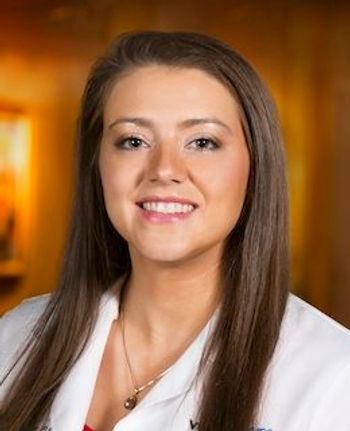
Forecasting your future performance
Like weather forecasting, forecasting in our optometric practices has also come a long way. Today’s software programs have every imaginable piece of data about our practices. But unfortunately, most of us don’t know how to use the data. The problem is there is so much data and information, it is hard to know what to pay attention to.
Years ago, my dad taught me this little weather forecasting poem:
Red sky at night, sailor's delight
Red sky at morning, sailor’s warning
According to that poem, a beautiful red sky can predict the weather based on whether you are seeing it at sunrise or sunset. This rule of thumb dates back over 2,000 years. Does it work? I don’t know. I recall that poem every time I see a red sky, but I always forget about the sky by the time I can test it out.
Previously from Dr. Rothschild:
Weather forecasting has come a long way. Early forecasters predicted weather based on cloud patterns and changes in temperature, humidity, and barometric pressure. Then came radar and live satellite images and constant computer models and soon we couldn’t get enough information about the weather. Now that we all have the weather on our phone, who even watches the news?
Like weather forecasting, forecasting in our optometric practices has also come a long way. Today’s software programs have every imaginable piece of data about our practices. But unfortunately, most of us don’t know how to use the data. The problem is there is so much data and information, it is hard to know what to pay attention to.
Forecasting and benchmarks
Most business consultants establish a set of benchmarks to measure and monitor how things are going with the practice. The best set of benchmarks looks into the future to pick up on problems before they occur.
What to measure
It is important to maintain a good strategy on collecting and evaluating data from your practice. There is a balance of how much to measure, and there is no set of data points that is perfect for every practice.
If you don’t look at any data, you will eventually run into trouble. If you look at too much data, then you aren’t really looking at any data.
I have come up with over 100 benchmarks to monitor within a practice; however, only two are for every single practice:
• Number of exams
• Income per exam
For the rest of the benchmarks, some need to be monitored constantly in some practices and occasionally in others. However, figuring it all out can be a daunting task.
Follow these steps to set up a benchmarking system:
• List all the distinct areas of your practice that generate significant income. Some examples include: Clinic, medical testing, surgical comanagement, contact lenses, optical, lab, vision therapy, and administrative (insurance).
Related:
• Identify one or two key indicators in each of those areas to measure their effectiveness. Find a quick, easy way to routinely measure those benchmarks. Most of ours come from a report, but some involve a stopwatch. I think it is a good idea to get information from a variety of sources.
• Track your data. Identify and analyze patterns or trends that occurred leading up to problems.
• Create a system to look at the data, follow the trends, and react accordingly. The report system is the most common failure point. If you look at the data when you think about it, then you look at it only when it is too late. I usually recommend reporting on two to four benchmarks at weekly staff meetings.
Looking at historical data may be my least favorite part of owning a practice, but I do know how easy it is to get off course. Most of us like looking forward so much more than looking back, but in doing this you are better able to monitor progress within in your practice.
Newsletter
Want more insights like this? Subscribe to Optometry Times and get clinical pearls and practice tips delivered straight to your inbox.


















































.png)


